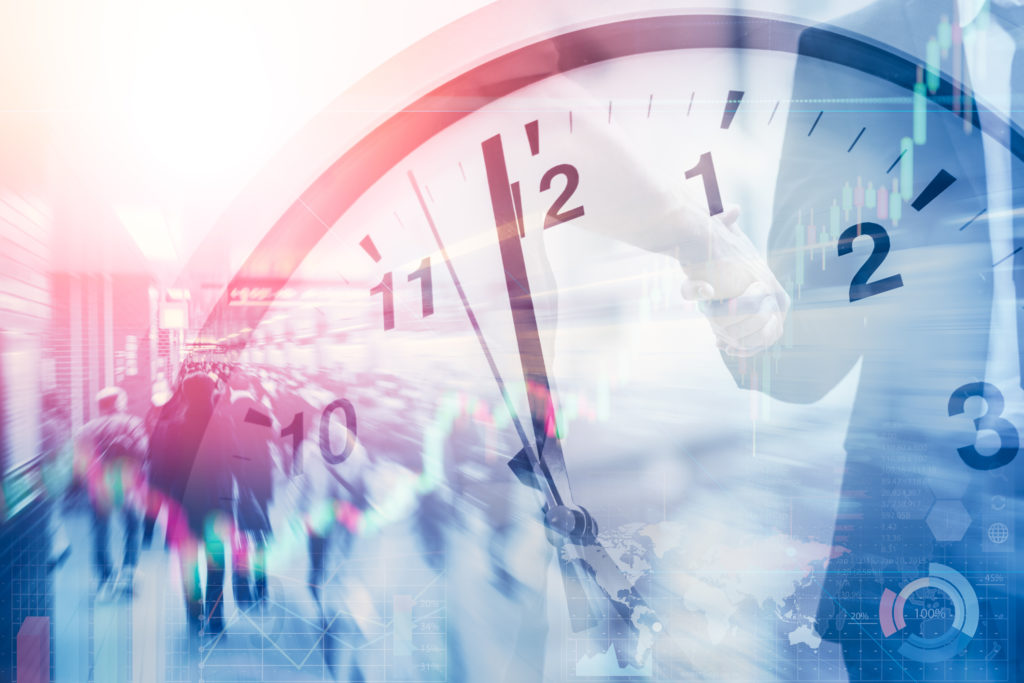
You can do it. I can do it. Anyone can do it.
The investing strategy responsible for Warren Buffett’s remarkable wealth is that easy to replicate.
Any investor can incorporate Buffett’s wealth-generating strategy. It involves no complicated algorithms or insider connections.
The strategy centers on only two principles – time and a stock.
Time is the same for everyone.
The stock component is less egalitarian. It requires some finagling. It must be the right stock. But that, too, is easy enough to conjure.
The right stock is a dividend-growth stock.
Combine time with a proven dividend-growth stock and you’re on the path to creating Buffett-esque wealth.
I’ll demonstrate with a real-world example.
Coca-Cola (NYSE KO) has increased its dividend annually for the past 56 years.
Buffett began accumulating Coca-Cola shares for Berkshire Hathaway (NYSE: BRK.b) in 1987. He bought the largest chunk – a $1 billion stake — in 1988.
We can reasonably assume Buffett paid an average of $2.50 per share (split-adjusted) for the 1988 Coca-Cola shares. The split-adjusted annual dividend was $0.08 per share at the time.
Coca-Cola has increased its dividend annually over the subsequent 34 years. Coca-Cola pays $1.76 per share in annual dividends today.
When Buffett first bought his Coca-Cola shares, the dividend generated a 3% yield. Coca-Cola’s annual dividend today generates close to a 3% yield.
But the $1.76 annual dividend today generates a 70% yield on Berkshire’s cost basis.
What’s more, the 70% yield is as close to guaranteed as you can get. (And the 70% yield isn’t the end of the story. A higher yield is on tap for next year.)
Coca-Cola increases its dividend an average of 6% annually. If Coca-Cola continues to increase its dividend 6% annually, Berkshire Hathaway will receive $2.50 in annual per-share dividends by 2028.
It may require 40 years, but Berkshire will realize a 100% (and more) annual return on its Coca-Cola investment regardless of Coca-Cola’s market share price.
History has proven that as the dividend goes, so goes the share price.
This is true of Coca-Cola’s share price over Berkshire’s holding period.
Coca-Cola’s annual dividend generates a 70% annual yield on Berkshire’s cost basis. Coca-Cola’s share price today is 23 times that cost basis.
And what if Buffett had reinvested all those Coca-Cola dividends into additional Coca-Cola shares (and did so in a tax-exempt account)?
That $1 billion investment would be worth $48.8 billion. (The market value of Berkshire’s Coca-Cola investment is $25.2 billion.)
Berkshire’s top-five holdings – Apple (NASDAQ: AAPL), Bank of America (NYSE: BAC), Coca-Cola (NYSE: KO), Chevron (NYSE: CVX), and American Express (NYSE: AXP) – account for 76% of Berkshire’s stock portfolio. They’re all dividend payers, they’re all dividend growers. (And though Apple is by far the largest holding by market value, it ranks only third in annual dividends Berkshire receives from the top five.)
“The Next Steve Jobs” Reveals Shocking Master Plan 3.0
He is just days away from revealing his CONFIDENTIAL Master Plan 3.0. Click here to discover the full story.
The five dividend-growth stocks generated $3.6 billion in annual income for Berkshire. If Berkshire holds its current ownership stake in each company, the amount is sure to increase next year, and the years that follow.
So, do you think it’s a mere coincidence that Berkshire’s top-five stock investments are dividend growers and that nine of the top 10 are at least dividend payers (number 10 is the exception)?
Yeah, neither do I.
Good Fortunes,
Stephen Mauzy
 Facebook
Facebook
 Twitter
Twitter